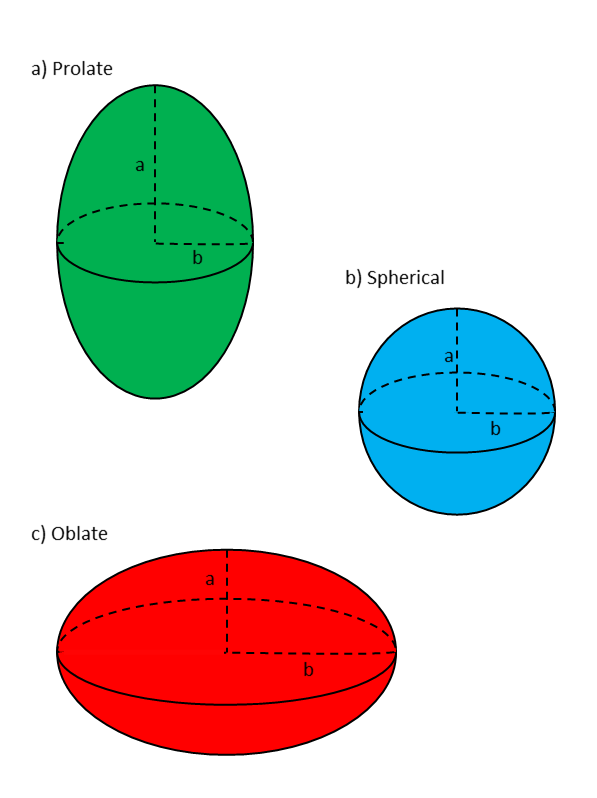Volumetric, geometric and density effects on modified gradient index for lung SABR plan evaluation
Andrew Thorne,
United Kingdom
PO-1739
Abstract
Volumetric, geometric and density effects on modified gradient index for lung SABR plan evaluation
Authors: Andrew Thorne1, Wojciech Polak1, Antony Palmer1
1Portsmouth Hospitals University NHS Trust, Radiotherapy Physics, Portsmouth, United Kingdom
Show Affiliations
Hide Affiliations
Purpose or Objective
UK SABR Consortium guidelines [1] recommend evaluating SABR
plan quality using modified gradient index (MGI, or R50%). Its constraints are derived
from plans analysed during the UK’s national SABR Commissioning through Evaluation
(CtE) programme, and those observed by Yaparpalvi et al [2]. The constraints
are based on PTV volume, but are defined in coarse increments. This results in
significantly different target R50% for PTV volumes of 19.9cc and 20.1cc.
Material and Methods
A planning study was performed in Pinnacle3 v16.4.3
using the CIRS lung phantom, investigating the effect of PTV volume, PTV
oblate/prolateness, and lung density on the resulting R50%. VMAT plans were
produced to local departmental practice, with Personalised Planning producing dual
210° arcs calculated at 2mm resolution. GTVs were defined using density
overrides and were expanded by 5mm to form PTVs which ranged from 5 to 50cc,
GTV oblateness was defined by major/minor axis ratio (a/b) from 0.5 to 2 (see
figure), and lung density ranged from 0.15 to 0.35gcm-3.

Results
In line with [1] and [2], a relationship was found between PTV
volume and R50%, but was acquired with finer increments than the UK national
guidance.
Prolate targets (with respect to the cranio-caudal axis) had a
significantly higher predicted R50% compared to spherical or oblate geometries,
for the same volume. For an 18cc PTV, prolate (a/b =2) geometries had an
average 10% larger R50% compared to oblate (a/b = 0.5). This relationship is more
pronounced for larger PTV volumes as the PTV oblateness more closely matches
that of the GTV.
Lung density has a significant impact on R50% due to wider scatter in low density media; a lung density of 0.2g/cm³ resulted in an 11% increase in R50% compared to the same 18cc PTV in a 0.3g/cm³ lung. Very low densities resulted in much larger R50%.
Conclusion
Our simple study demonstrates R50% is required at a finer volume
resolution compared to the UK SABR Consortium guidance, but also that
additional considerations are needed when assessing plan quality to account for
PTV geometry and lung density.
This helps planners assess whether SABR plans are within expected
ranges for given target volume, geometry and surrounding tissue, and reduce the
likelihood of over-optimising the plan to meet the R50% target, or
under-optimising a plan which could be improved.
References
[1] UK SABR Consortium, Stereotactic ablative body
radiotherapy (SABR): a resource, v6.1, January 2019, available https://www.sabr.org.uk/wp-content/uploads/2019/04/SABRconsortium-guidelines-2019-v6.1.0.pdf
[2] Yaparpalvi R, Garg MK, Shen J, Bodner WR, Mynampati DK,
Gafar A, et al. Evaluating which plan quality metrics are appropriate for use
in lung SBRT. Br J Radiol 2018; 91: 20170393